In a world brimming with diverse cultures and beliefs, religion remains a cornerstone of human civilization. It shapes identities, forms communities, and influences the very fabric of daily life. As we delve into the top 10 religions by population, we embark on a fascinating exploration of history, spirituality, and the human quest for meaning.
1. Christianity – With over 2.38 billion adherents, Christianity stands as the largest religion globally. Its followers find solace and guidance in the teachings of Jesus of Nazareth, whose life and message have resonated for two millennia. The faith is rich in diversity, encompassing denominations such as Catholicism, Protestantism, and Eastern Orthodoxy.

2. Islam – Islam, the faith of approximately 1.91 billion people, reveres the Prophet Muhammad as the final messenger of God. Muslims are spread across the globe, with significant populations in northern Africa, western Asia, and Indonesia. Religion emphasizes discipline, daily prayers, and a commitment to a set of moral and social codes.

3. Secular/Nonreligious/Agnostic/Atheist – Representing those who do not identify with any religion or claim no religious preference, this group accounts for around 1.19 billion individuals. It includes a wide spectrum of beliefs, from staunch atheism to various forms of spirituality outside the bounds of organized religion.
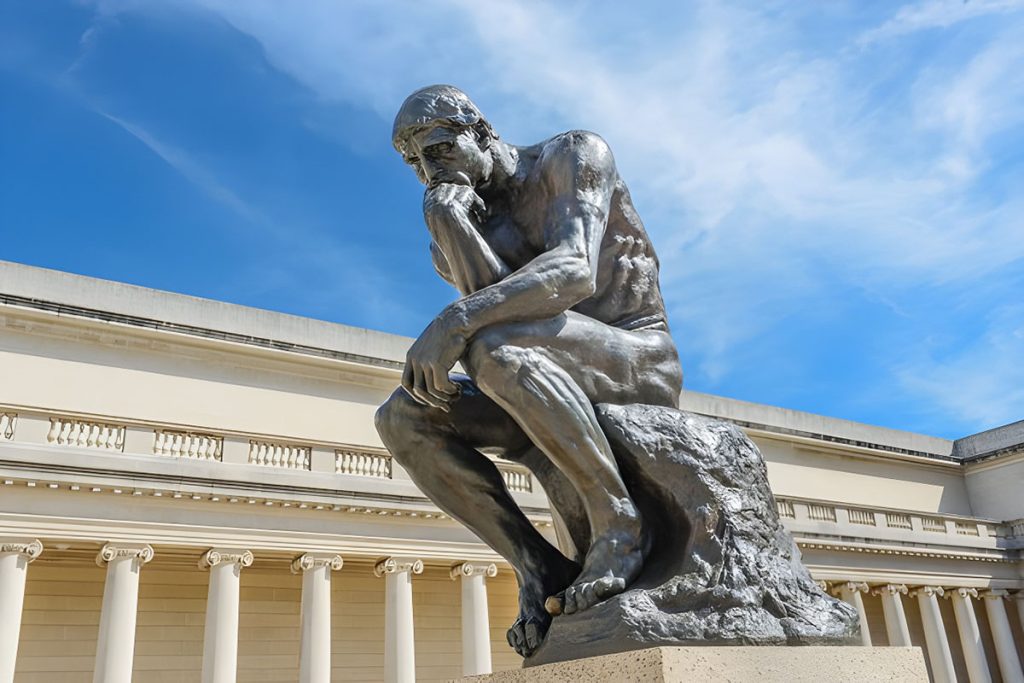
4. Hinduism – Hinduism, the world’s oldest extant religion, boasts a following of over 1.16 billion. It is characterized by a complex pantheon of gods and goddesses, a belief in reincarnation, and the pursuit of Dharma. Faith has evolved over thousands of years, absorbing various cultural influences and philosophical schools.
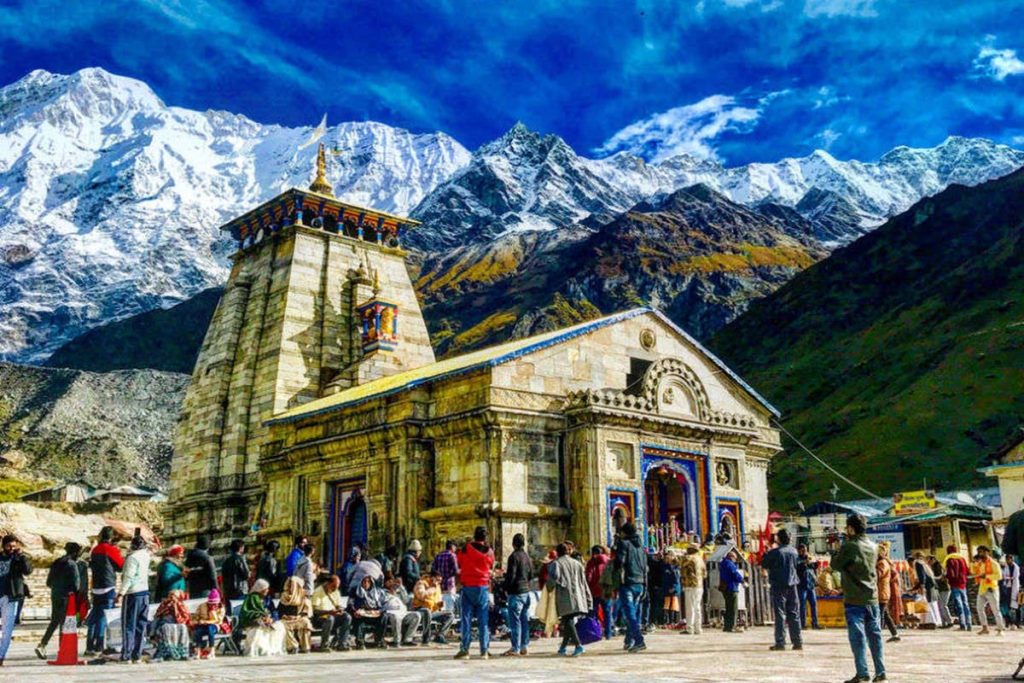
5. Buddhism – With 506 million followers, Buddhism offers a path of spiritual development leading to insight into the true nature of reality. Founded by Siddhartha Gautama, or the Buddha, it teaches the Four Noble Truths and the Eightfold Path as means to achieve enlightenment and liberation from suffering.

6. Folk Religions – Approximately 394 million people adhere to folk religions, which encompass a variety of traditional beliefs and practices tied to specific cultures and localities. These religions often blend animism, ancestor worship, shamanism, and other indigenous spiritualities.
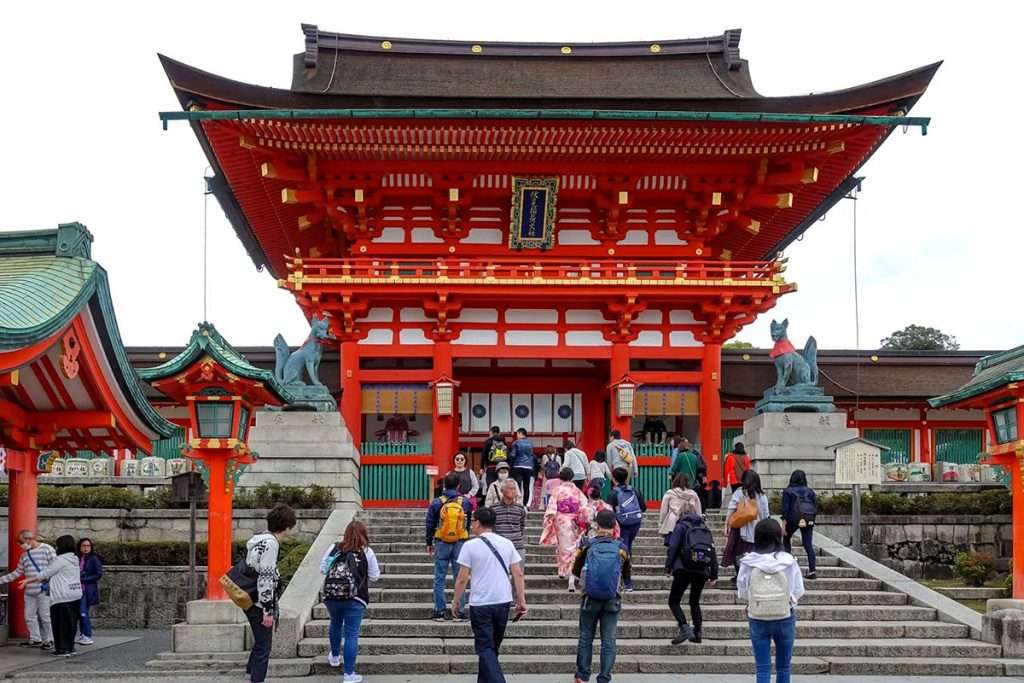
7. Sikhism – Sikhism, founded in the 15th century by Guru Nanak in the Punjab region, is followed by about 26 million people. It emphasizes the oneness of God, equality among all human beings, and living a life full of honest work, charity, and meditation on God’s name.
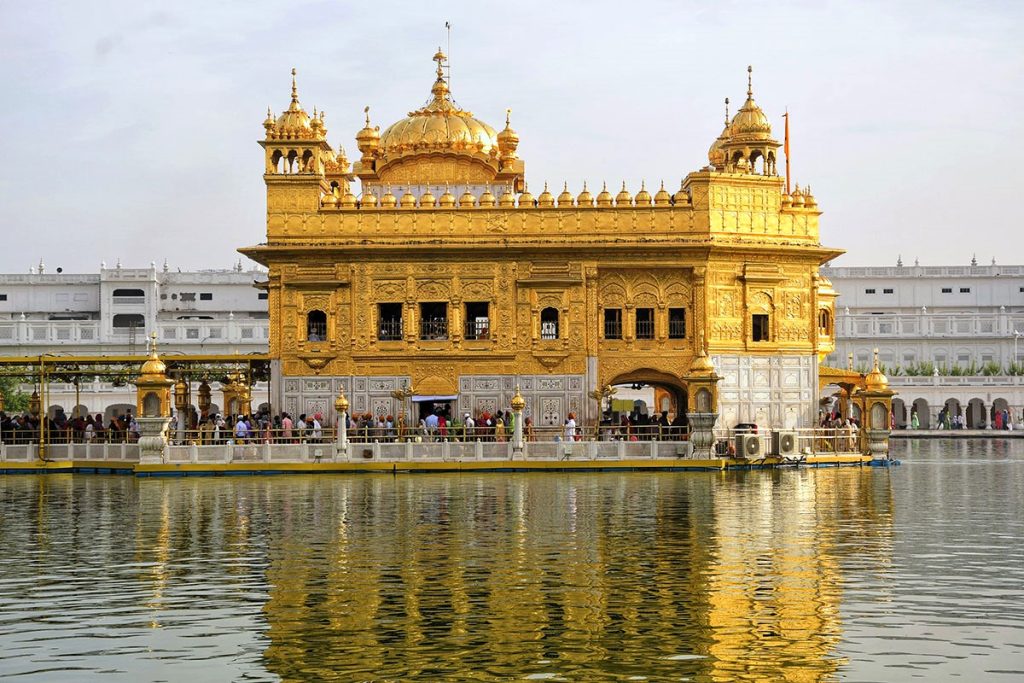
8. Judaism – Judaism, the religion of the Jewish people, has a population of around 14.7 million. It is one of the oldest monotheistic religions, with a rich history that spans over 3,000 years. The faith is deeply connected to the Hebrew Scriptures and the cultural and legal traditions of the Jewish people.
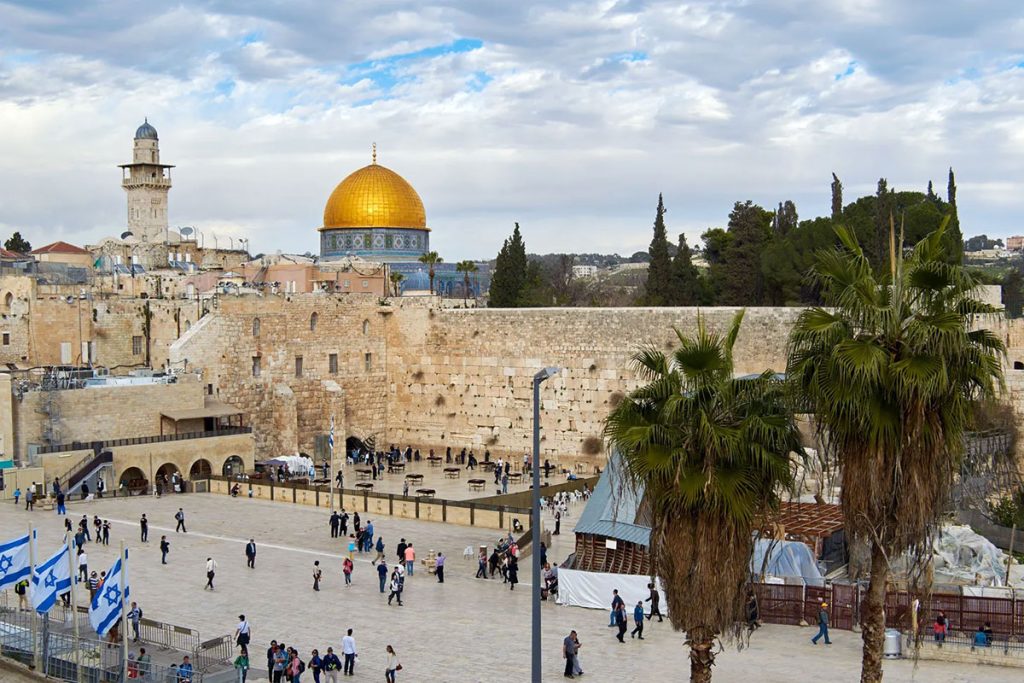
9. Bahá’í Faith – The Bahá’í Faith, established in the 19th century, has grown to nearly 5 million followers. It teaches the essential worth of all religions and the unity of all people, advocating for world peace and the creation of a global society.
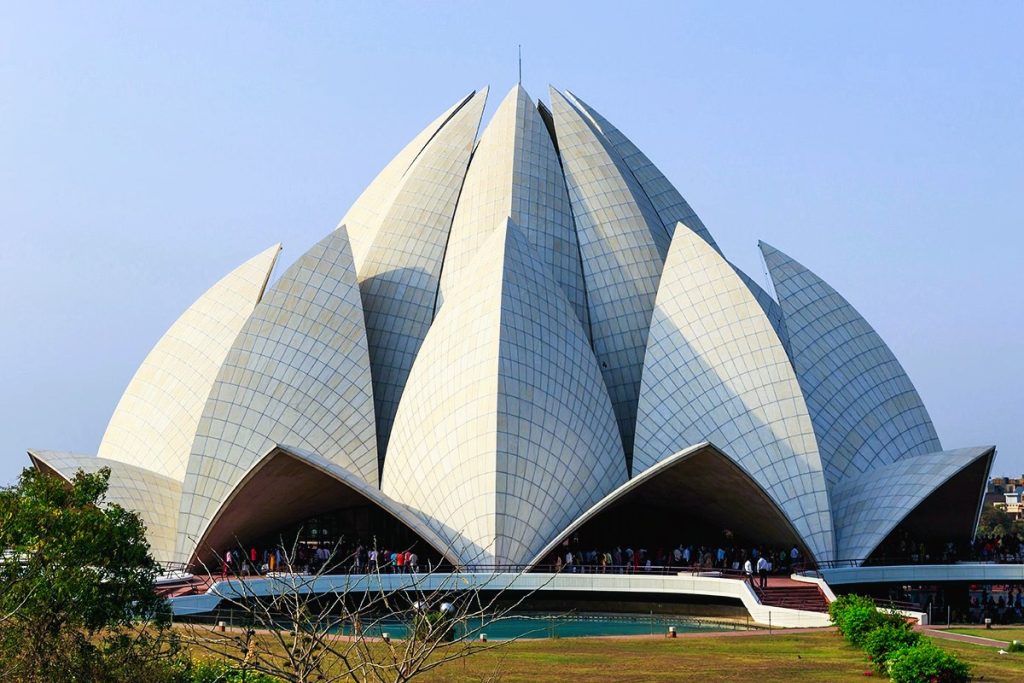
10. Jainism – Jainism, an ancient Indian religion, is practised by about 4.2 million people. It prescribes a path of non-violence towards all living beings and emphasizes spiritual independence and equality between all forms of life.
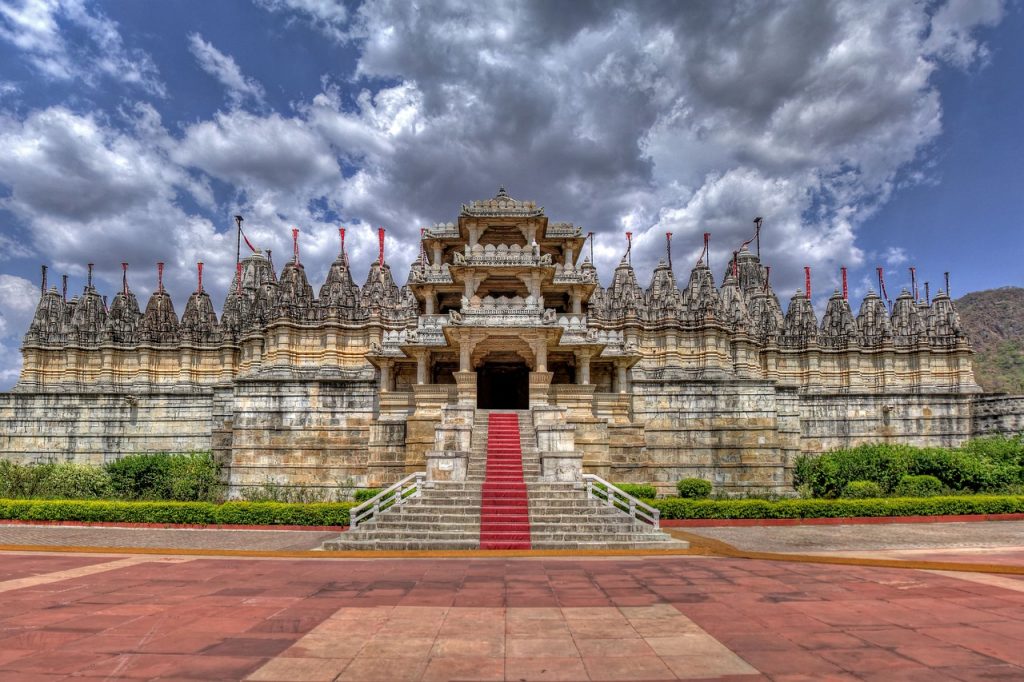
As we reflect on these numbers and narratives, we recognize the profound impact that religion has on humanity. From the grand cathedrals of Christianity to the serene meditation halls of Buddhism, each faith offers a unique window into the human soul’s aspirations. In the tapestry of world religions, every thread is integral, contributing to the rich and colourful mosaic of human belief.
Note: The exact numbers and descriptions provided are based on the latest available data and historical records. For a more in-depth understanding and visual representation, readers are encouraged to explore further resources and historical texts.
Sources:











Related Posts
Tesla: Revolutionizing the Automotive Industry
Broadcom Inc.: A Technology Leader with a Rich History
TSMC: A Semiconductor Giant’s Journey